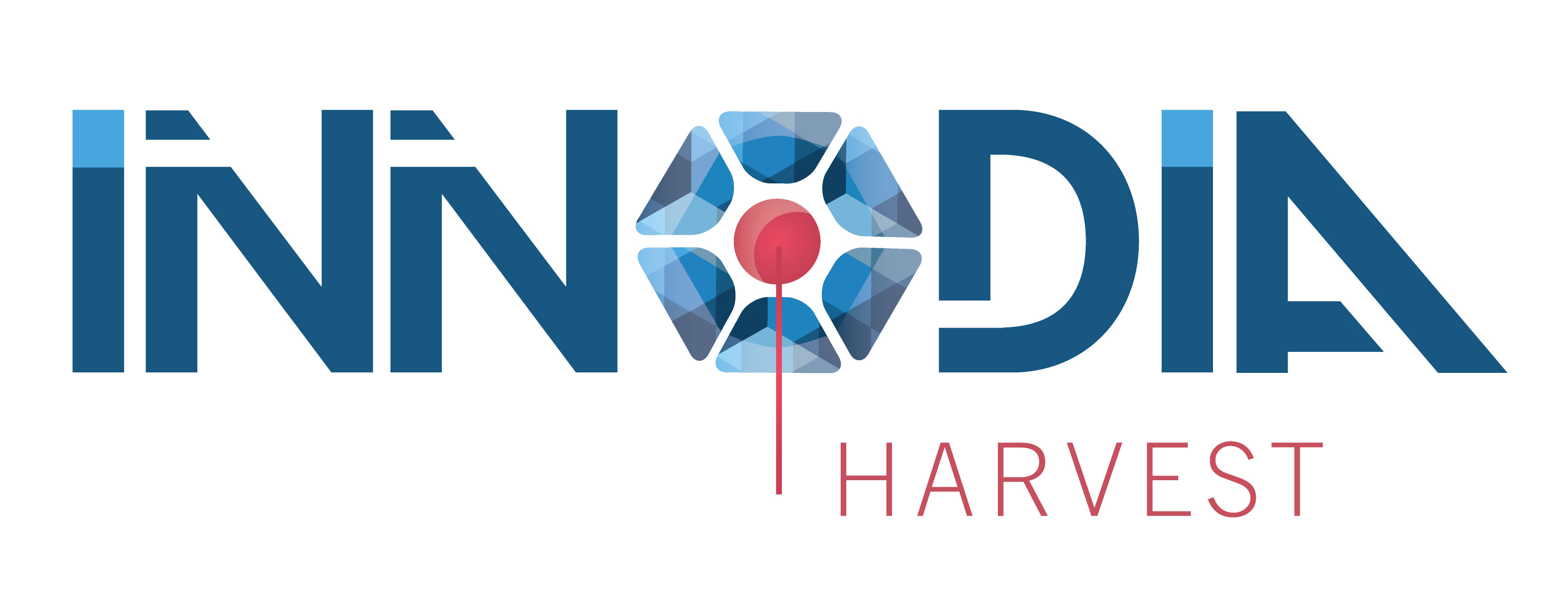IMI’s INNODIA project has added significantly to our understanding of type 1 diabetes (T1D). The aim of INNODIA HARVEST is to build on INNODIA’s results by carrying out additional activities that will further pave the way for new treatments to treat or even prevent T1D. As in INNODIA, people with T1D and their families are at the heart of the project through the patient advisory committee (PAC) to ensure the work meets their needs.
INNODIA HARVEST plans to consolidate the INNODIA clinical network and use it to run clinical trials of drugs designed to stop T1D.
Between them, INNODIA and INNODIA HARVEST are running four clinical trials of treatments for preventing and curing this debilitating disease. The trials focus on children, adolescents and adults, who have been diagnosed with type one diabetes within the past 6 weeks and are aged from 5 to 45 years. All trials are running on the INNODIA Master Protocol, and the PAC is helping with recruitment for the trials.
Elsewhere, INNODIA HARVEST is continuing INNODIA’s hunt for new biomarkers that could be used to track the progress of the disease, and implementing new drug discovery pipelines for novel treatments for T1D.

